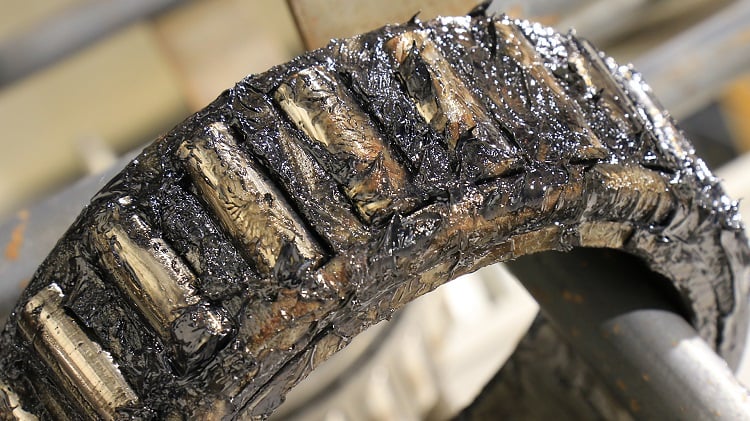In the technologically advanced world of aerospace manufacturing, precision and reliability are paramount; every component of an aircraft plays a critical role, requiring meticulous management from conception through final assembly. Precision and reliability are absolute requirements. Every component must meet stringent standards for safety and performance. A crucial aspect of ensuring these standards is the effective cleaning of aerospace parts, which will directly affect their durability and functionality.
Understanding Contaminants in Aerospace Parts
Aerospace components frequently accumulate a diverse range of contaminants during the machining and assembly processes. These contaminants can include:
- Metal chips and fines generated during machining operations.
- Oils, lubricants, and greases used for lubrication or as part of the manufacturing process.
- Coolants and residues leftover from machining or surface treatment operations.
- Dust and particulates from the manufacturing environment.
Each type of contaminant presents unique challenges and demands specific configurations to achieve the desired level of cleanliness. Aqueous parts washers are versatile equipment that can be easily configured to efficiently address these challenges.
Importance of Rinse Water Quality
While cleaning effectively removes visible contaminants, the rinse stage is equally crucial in aerospace parts cleaning. The quality of the rinse water directly affects the surface finish and overall cleanliness of the part. Residual cleaning agents or contaminants remaining in the rinse water can result in:
- Surface stains or residues that may affect the part's appearance or functionality.
- Corrosion if cleaning chemistry remains and reacts with the metal surface.
- Reduced adhesion for subsequent coatings or treatments.
Maintaining high-quality rinse water is therefore essential to ensure that aerospace parts meet strict performance and safety requirements.
Best Practices for Maintaining Rinse Water
To maximize the effectiveness of aqueous parts washers and ensure high-quality rinse water, consider these best practices:
- Filtration Systems: Implementing effective filtration systems helps remove particulates and contaminants from rinse water, extending its usability.
- Regular Monitoring: Conduct routine checks and analyses of rinse water quality parameters such as pH, conductivity, and chemical concentration levels.
- Counterflow make-up: Implement counterflow make-up to replenish and preserve rinse water quality while conserving valuable detergents in aqueous parts washers. This ensures continuous cleaning efficiency and preserves water.
- Water Treatment: Employ appropriate water treatment methods, such as ion exchange or reverse osmosis, to ensure optimal water quality.
- Proper Maintenance: Regularly clean and maintain the parts washer equipment to prevent the buildup of contaminants and ensure consistent performance.
Aqueous Parts Washers: The Solution for Aerospace Cleaning Challenges
Aqueous parts washers have become indispensable in aerospace manufacturing for their ability to clean effectively while minimizing environmental impact. Key advantages include:
- Versatility: They can be tailored to remove specific contaminants without damaging the underlying material and can incorporate multiple stages to accommodate various requirements
- Environmental Friendliness: Unlike solvent-based cleaners, aqueous solutions are safer for operators and the environment.
- Efficiency: They offer automated cleaning processes that improve consistency and reduce labor costs.
Cleaning Process
To effectively remove contaminants and rinse the components thoroughly, a multi-stage parts washer is essential. Based on production volume, batch-type cleaning systems are often the most suitable option. Typical aircraft engine component washer configurations include four stages: wash, rinse, freshwater DI rinse, and blow-off. The recirculated wash and rinse stages allow for better cleaning using a combination of heat, pressure, flow, and duration to remove contaminants. The freshwater DI rinse ensures a spotless finish and serves as a source of make-up water for the recirculated rinse, keeping it as clean as possible. The blow-off stage that follows strips moisture from the parts, allowing them to dry.
Conclusion
In the demanding aerospace industry, the cleanliness of parts is not just a matter of aesthetics but a critical factor in ensuring safety, reliability, and performance. Aqueous parts washers provide an effective system for removing contaminants while preserving the integrity of aerospace components. Manufacturers can achieve superior surface finishes and meet stringent industry cleanliness standards by focusing on both washing and rinse stages and maintaining high-quality rinse water.
Whether you're cleaning small parts or extremely large components, we have the engineered system to meet your toughest cleaning needs.
Schedule a free consultation with the PROCECO team today!



